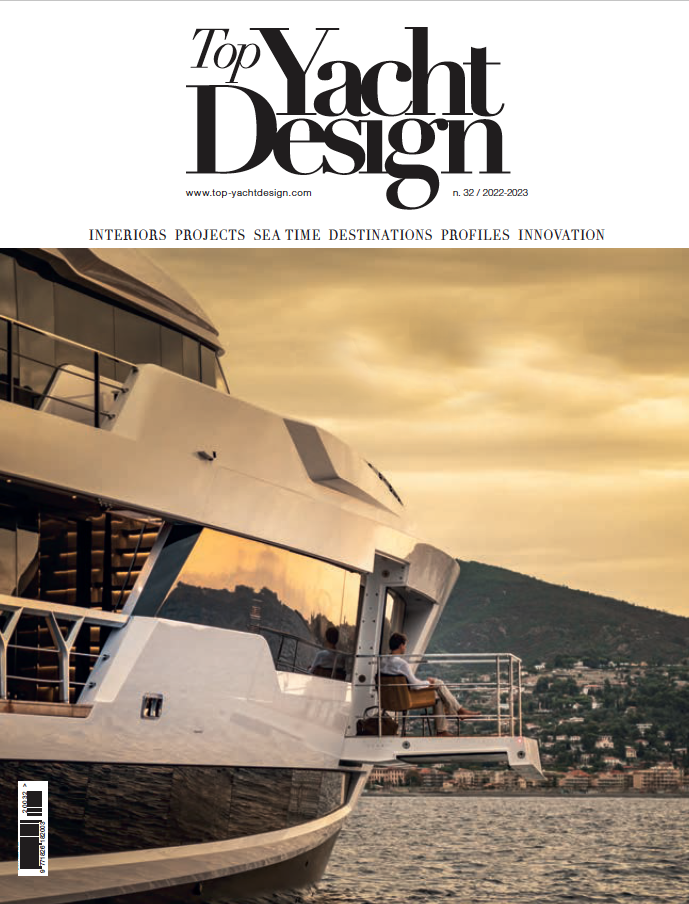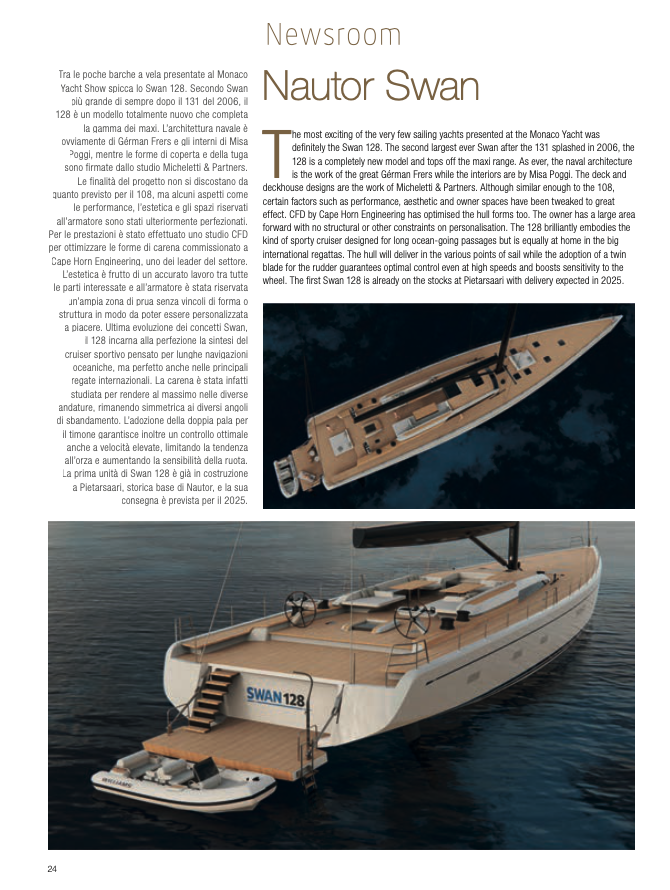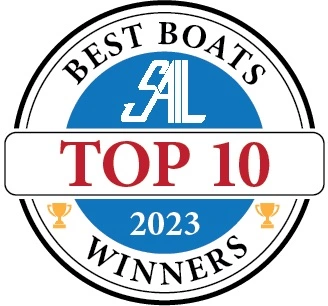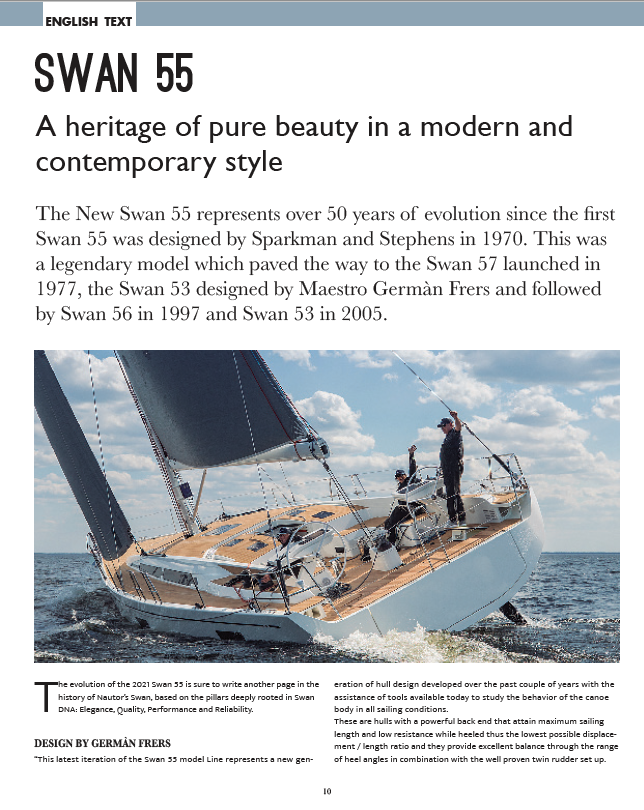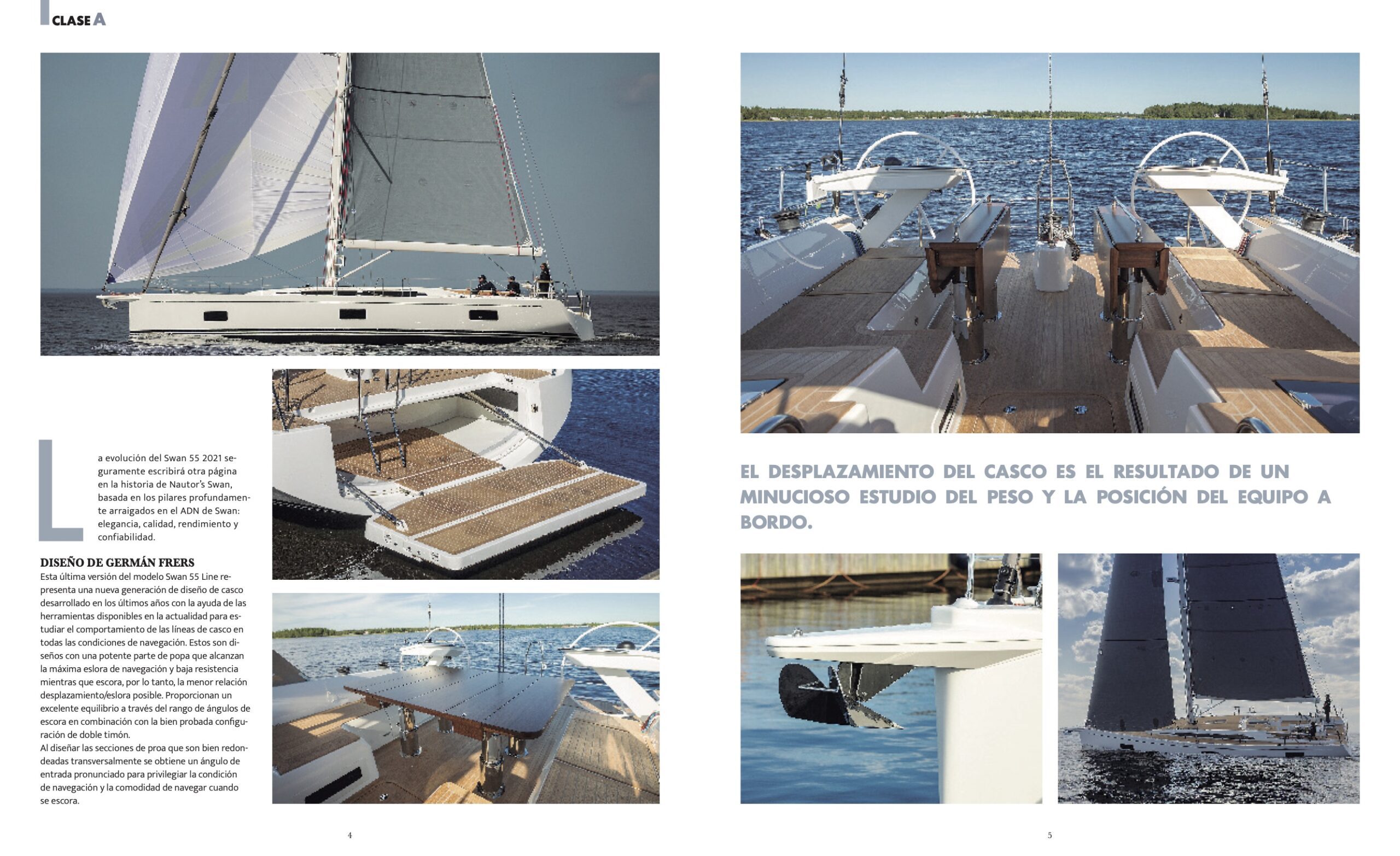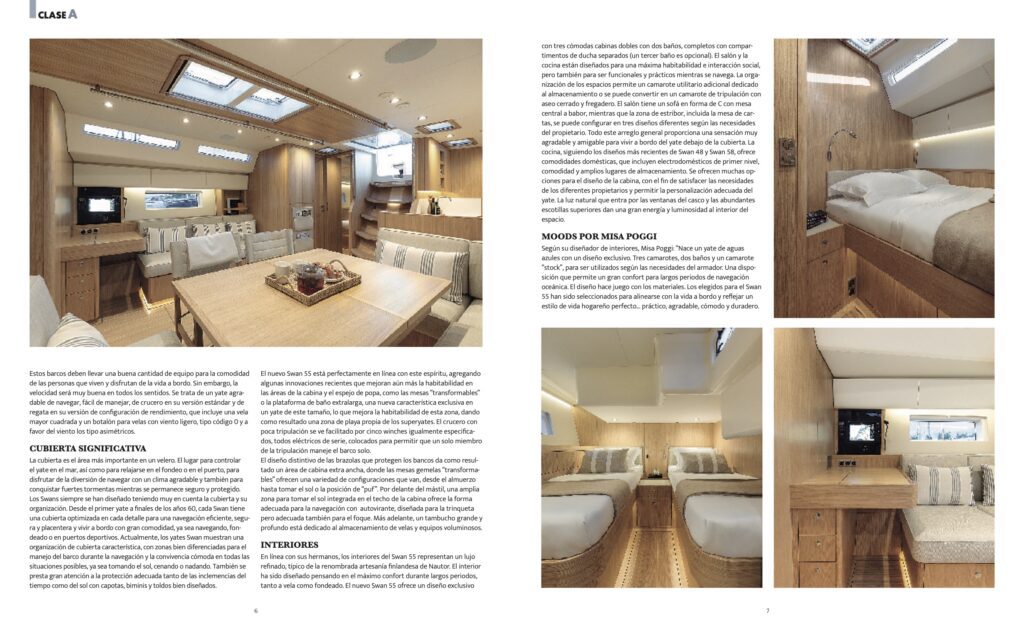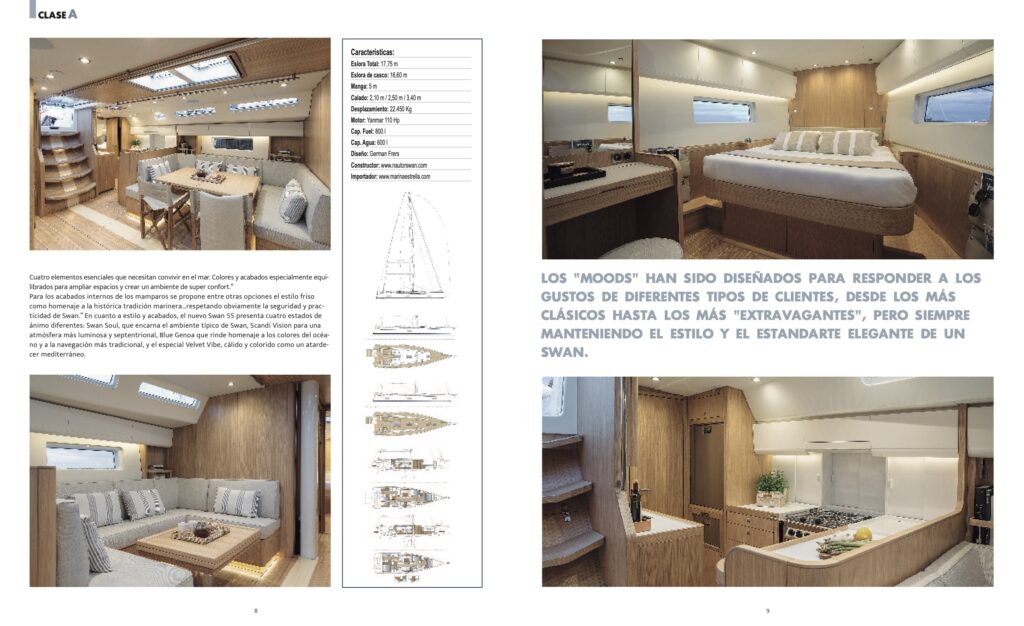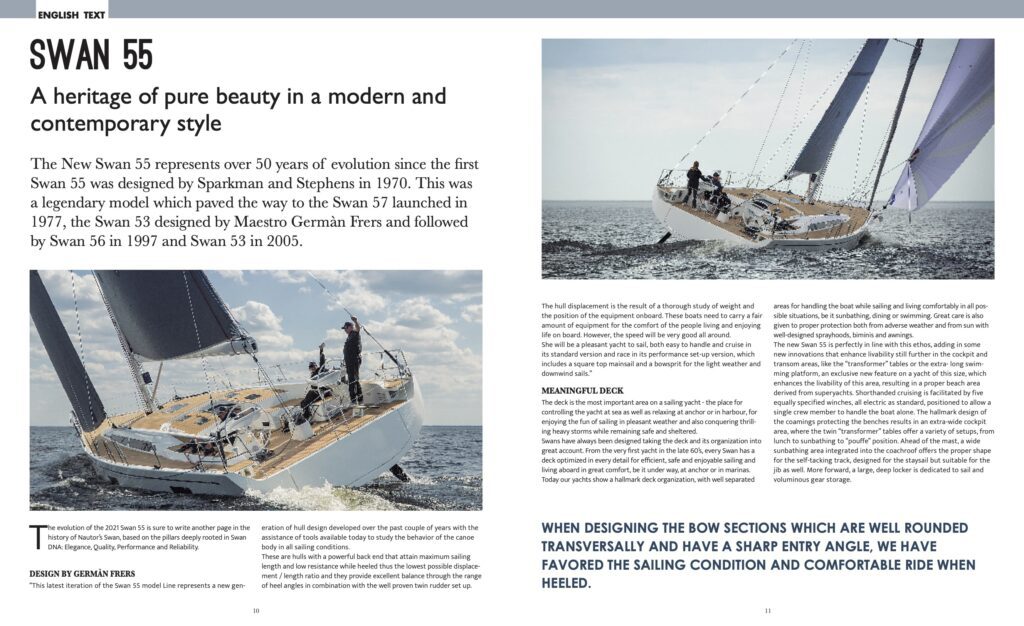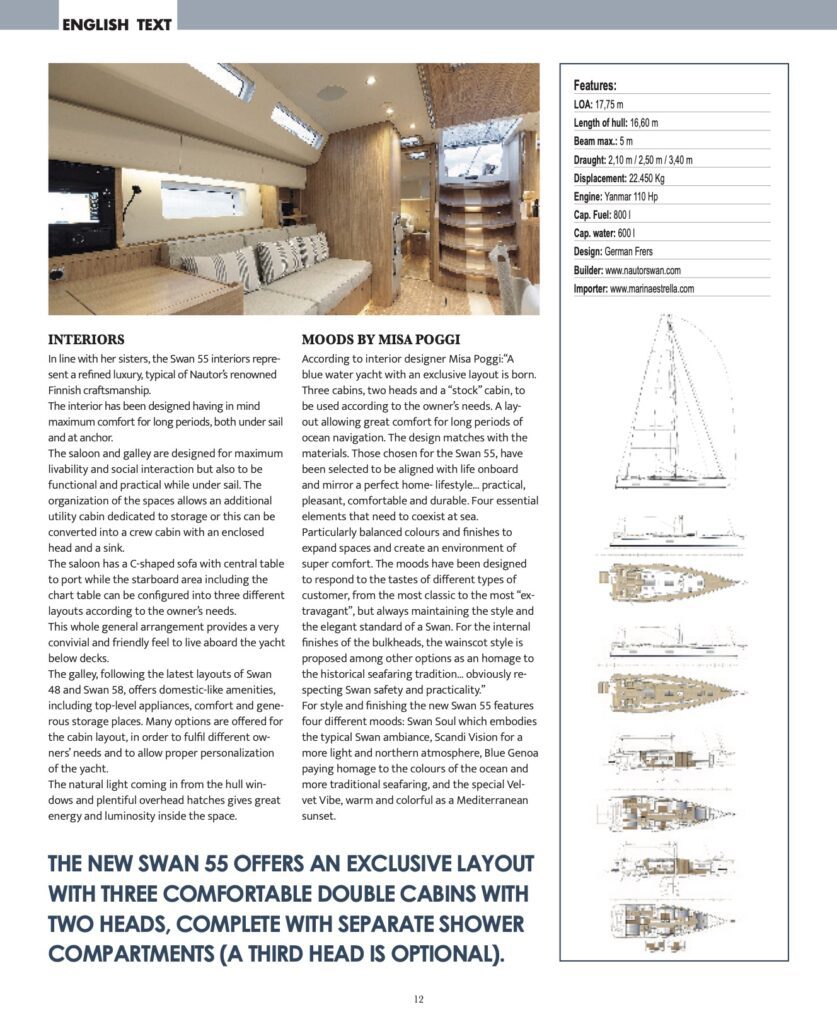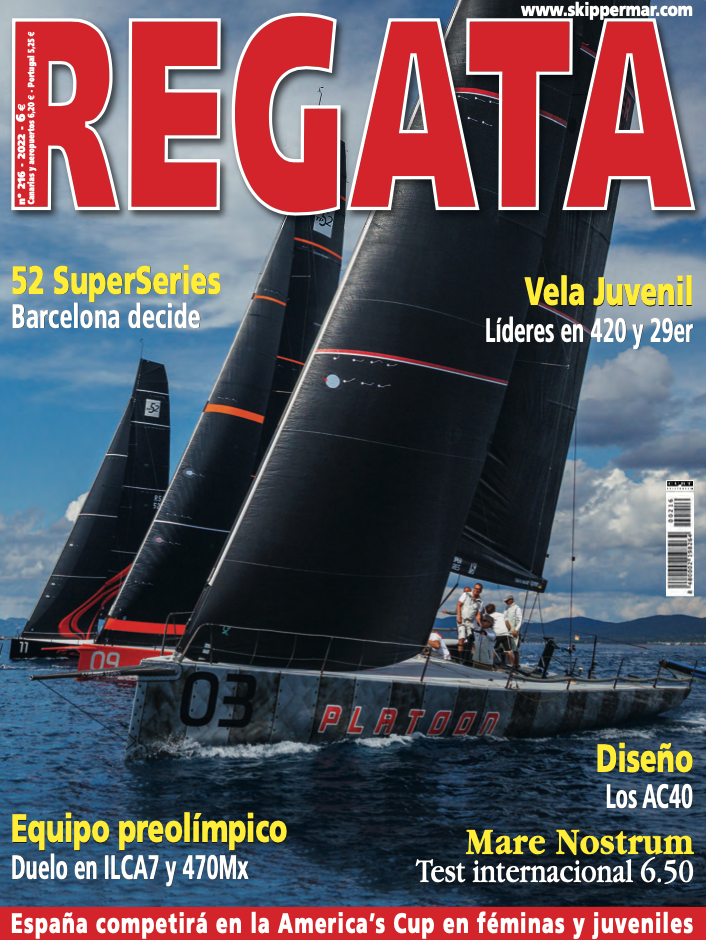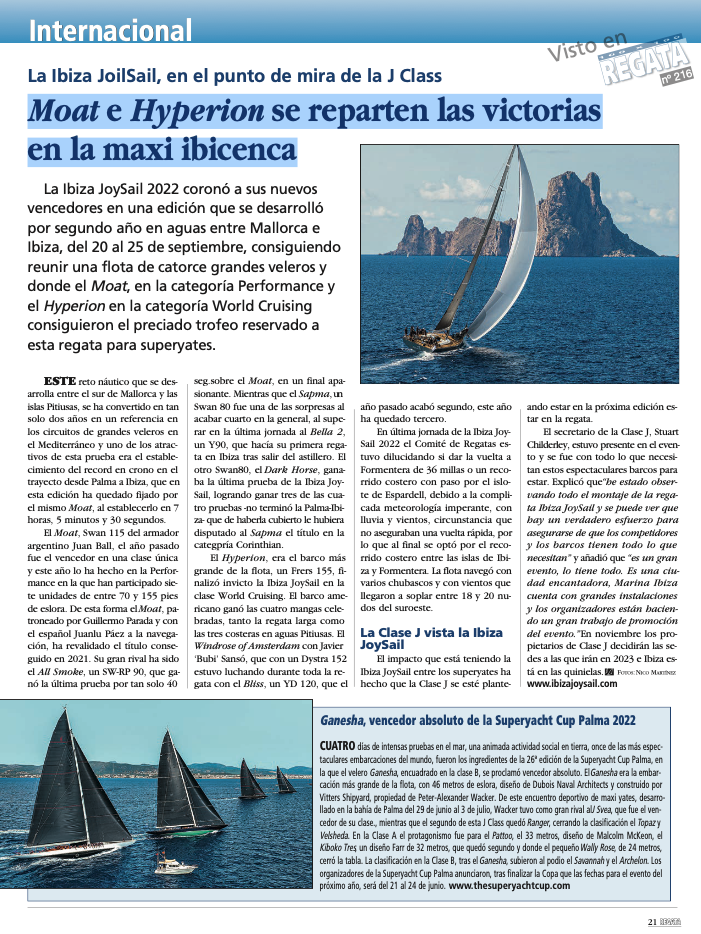Discover Frers’ Stunning Superyacht Design: The 59-Metre Vitters Yacht Maximus
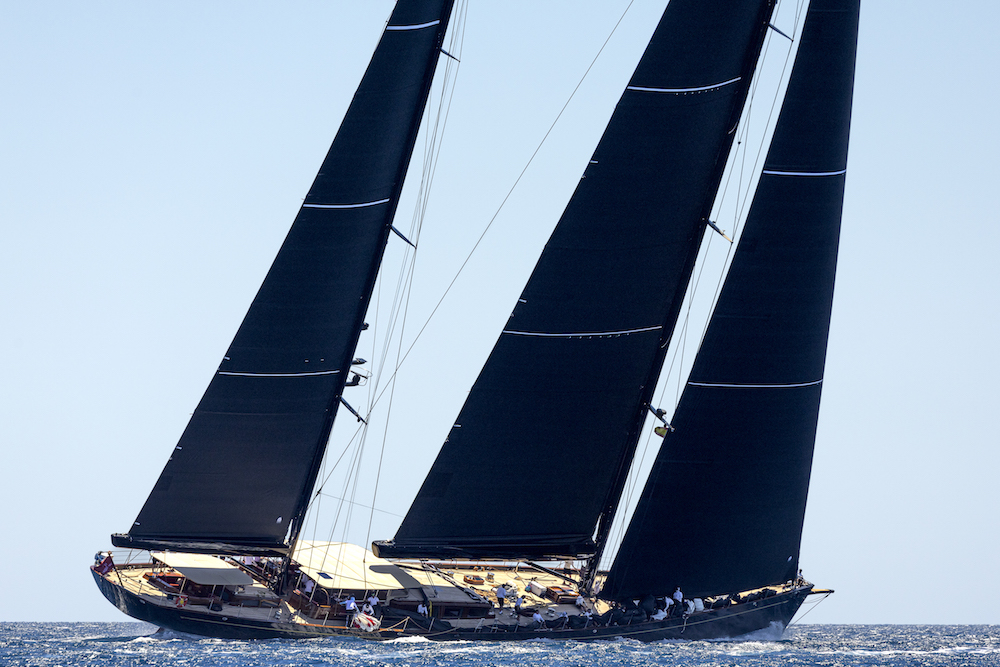
The 59-metre Vitters sailing yacht, Maximus, has been launched from the Zwartsluis facility in the Netherlands.
Started in 2021 as Project 3090, this ketch features an aluminum hull and superstructure, modern sailing technology, and spacious deck areas for leisure and dining. Maximus is built for both cruising and racing, offering a perfect blend of performance and luxury. With her upcoming sea trials, she is set to be ready for charter in the Caribbean this winter.
Key Features of the Vitters Yacht Maximus:
- Designe: German Frers
- Length: 59 meters
- Construction: Aluminum hull and superstructure
- Deck: Teak deck houses and sheltered cockpits
- Technology: Optimized rig layout, twin rudders, lifting keel, powered sail drums, and submarine anchor system
- Usage: Available for both cruising and racing
Maximus, also known as Project 3090, is Vitters Shipyard’s fourth largest yacht and exemplifies their credo:
“Dreams are meant for dreamers. Our yachts are meant for sailors.”
To learn more about the innovative design and features of Maximus, read the full article on SuperYacht Times
